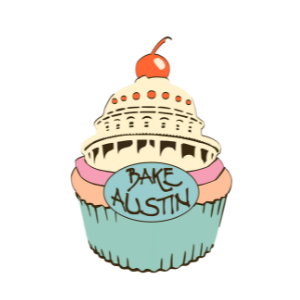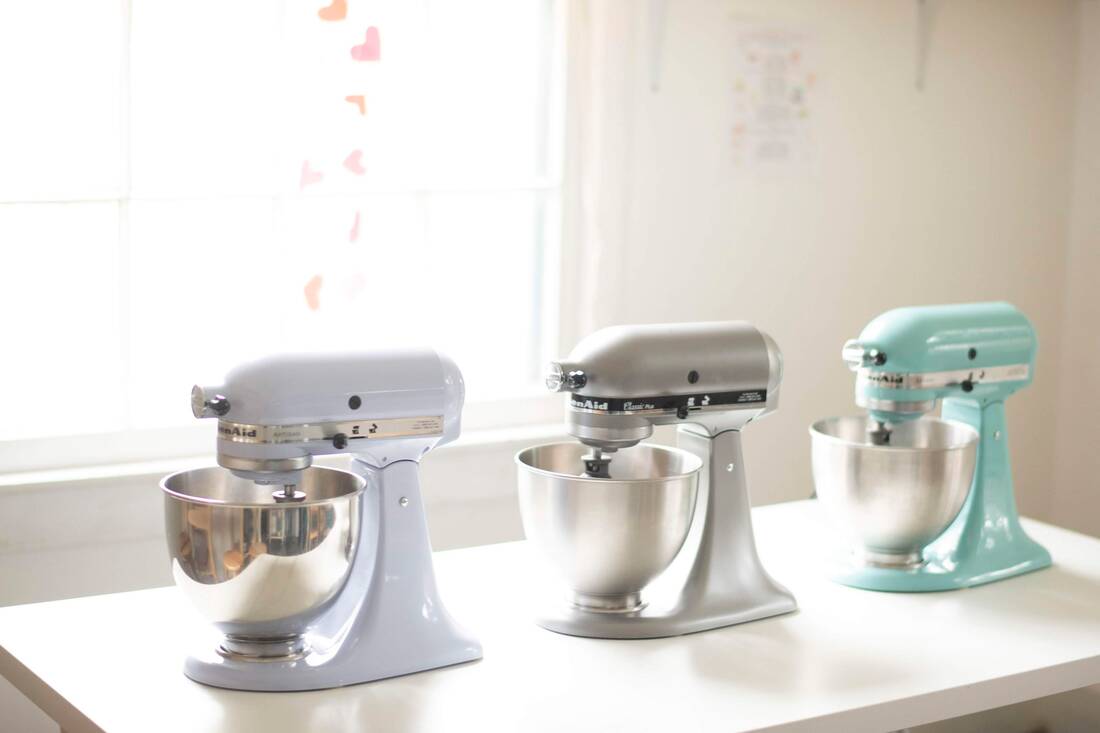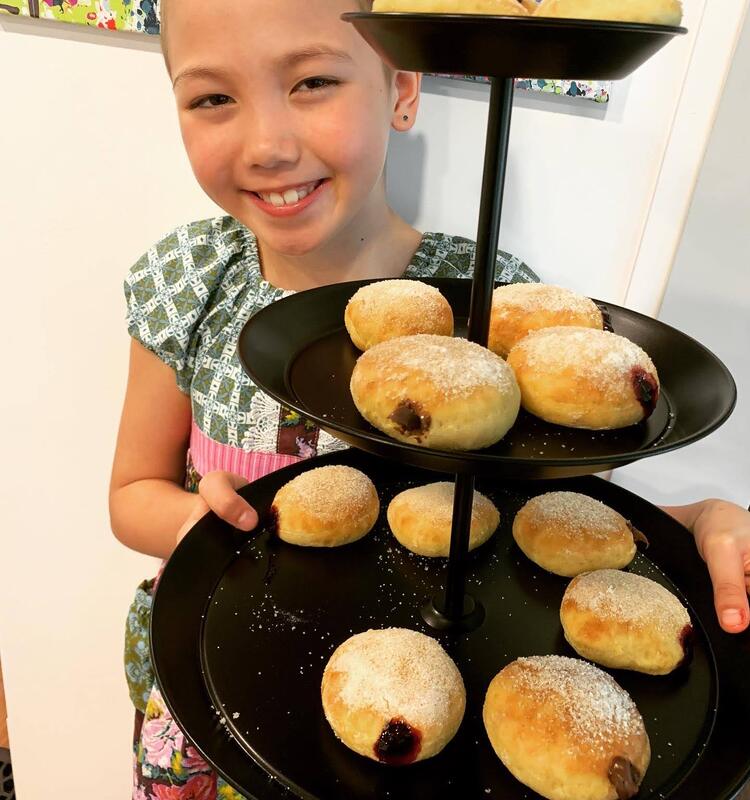|
If there is one thing we have learned in our kids cooking classes, it is that kids need to learn their tools! Introducing your kids to all the great kitchen utensils and tools is part of the fun when you're teaching your kids to cook! One of my favorite pieces of kitchen equipment is the kitchen mixer :) When I was little, the mixer held a place of honor in the kitchen. That mixer could turn egg whites into clouds and butter, sugar, and eggs into the smooth foundation of a cake. Needless to say, I was in awe of its power! After my mother taught me how to use it properly and safely, it became a trusty friend that came along on nearly all my baking adventures. Now, first things first, it has to be said that the kitchen mixer is not a toy. Before letting your kids handle it, you should teach them the right way to use it. Just like every other kitchen device, the mixer can be dangerous if it’s misused. Here are my tips on how to use a mixer safely :) The two types of kitchen mixerThere are two kinds of mixers we use in the kitchen and it’s handy to teach your kids how to operate them both. Every aspiring chef should know how to use both hand mixers and stand mixers. They both serve the same purpose, but they operate a bit differently. Hand mixerAs the name suggests, these mixers need to be held in your hand while operating them. They’re smaller than stand mixers, easier to store, and much easier to clean (don’t wash your hand mixer under running water, as water can get in and damage the engine). When operating your hand mixer, make sure the mixer is switched off before attaching the correct mixer paddles and plugging it in. The mixer has several speed settings but it’s best to start the mixer on the lowest speed setting when you begin and increase the speed if needed. Now, if the batter or dough you’re mixing is starting to resist, you can increase the speed a bit. Always keep the mixer paddles in the bowl while it’s operating, or you might end up with dough and batter strewn over your kitchen! (That will mean more clean up time :)) Finally, before removing the mixer from the bowl, make sure it has come to a complete stop. Remove the paddles from your mixer before washing them. Stand mixersStand mixers are bigger and stronger than hand mixers. It’s best to keep a close eye on your kids while they’re still learning how to use a mixer. Stand mixers consist of a stationary base and a top that has to be raised in order to attach the correct paddle and place the mixing bowl. Once you have the right attachment and the bowl is in place, the top can be lowered. The engine is located on the top of your mixer which means it can be heavy to raise and lower. Show your kids that the mixer can be heavy and make sure they know to ask for help if they need it. Before starting the mixer, use the lock setting to lock it securely in place, so that it does not bounce up when you start mixing. Just like with your hand mixer—always start the mixer on the lowest setting and increase the speed slowly. Never leave the mixer alone when it’s in use. Always tell your kids to keep a close eye on their mixtures. After turning the mixer off, wait till it comes to a complete stop before lifting the top, collecting your bowl, and scraping out the contents. In my experience, kids are more likely to take better care of things when they understand the consequences of each action. Ask them what they think would happen if they stuck their hands or a spatula in the mixer while it’s operating, or what would happen if they used it on the highest speed setting. Chances are they already understand that the results of those actions will be far from good. Appealing to their logic will make them better and more independent chefs. Now, this mixer may be a bit harder to wield, but once they’ve gotten the hang of how to use a mixer, they’ll be making some tasty recipes in no time! Learning how to use a mixer is one big step!Learning the basics of how to use a mixer is one step in your children’s journey to becoming confident chefs someday.
Enjoy your cooking adventures, and don’t forget to clean up!
1 Comment
For many parents, today, spending time with their little ones in the kitchen and showing them the ropes is a beautiful and meaningful way to bond. Even for me, getting on the same page with my kids was easier when we were chatting and hanging out in the kitchen :) If you want to introduce your children to the kitchen and want to make sure their first experience is one they’ll always remember, you can’t go wrong with baking! Based on the countless lessons I’ve organized for kids, I know that many have a natural knack for it. That said, there are a few things you need to know before you get started, especially if this is a passion you want to nurture. They say first impressions matter, and it’s true even in the kitchen! If you’re stressed out, unprepared or don’t have enough patience for your little ones, you’re not going to create an experience they’ll want to repeat. Make sure you’re following a few kids’ baking tips I’ve picked up over the years and use them to show your kids the joys of baking :) Let your kids choose the recipe As well-meaning parents, we tend to make decisions for our kids even without meaning to. If you’re embarking on an exciting baking project with your little one, put the power in their hands and let them choose a recipe they’re excited about :) I’ve seen that this little step gives them a sense of ownership over this process. You can be sure they’ll be much more invested and excited about the outcome! If you only want to make sure that your kids choose something practical, choose a few recipes you think they’ll like and ask them to choose one. Expect things to get messy—and show your kids that that’s okay A messy kitchen is something many of us hate seeing, especially after a long day’s work! That said, you need to understand that getting messy is all part and parcel of baking with your kids. Make sure your little baker understands that messes are natural and that it’s completely fine as long as it doesn’t get in the way of baking safely. When you combine this little nugget of advice with teaching them the virtues of cleaning up (more on that in my next point!), you take them through the joys and responsibilities of baking things you love to eat. Dear parents, don’t skip the cleanup!Anyone who’s had their kids do classes with me or follows my blog knows that I love talking about this all-important cleanup, just as much as I love to do my baking :) Your kids are naturally going to find the cleanup boring, but it’s a great opportunity for you to make sure they understand that there’s a little bit of work that goes into doing what they love. When you make clearing up after themselves part of this learning journey, they pick up on the sense of responsibility they need to become great cooks and bakers. Make sure you’re setting an exampleSomething I’ve realized is very important for any parent teaching kids their way around the kitchen is leading by example. If you give your kids certain instructions, really drive in the message by committing to those steps yourself. This is especially important when it comes to things like kitchen safety basics—if your kids don’t see you do it, chances are, they’re not going to do it either. My tip to parents trying their kids out in the kitchen for the first time is to make sure your kids see you doing the right things, following the recipe carefully, and waiting patiently for the results. This way, they’ll learn everything they need to know! Good luck with your next kids’ baking project I hope the tips I’ve outlined make your next baking adventure with your little ones much more successful in all the ways that matter :) What’s most important is that you have a great time.
In this process, don’t forget to take the time to enjoy the goodies you whip up with your kids! |
AuthorBefore founding Bake Austin, Pascal Simon earned her degree as a Pastry Chef from the prestigious Auguste Escoffier School of Culinary Arts. A mother of two, Pascal is passionate about cultivating the next generation of bakers and welcomes children from all schooling backgrounds, whether public, private or homeschooled. Archives
October 2023
Categories |
|




 RSS Feed
RSS Feed